Meet Stephanie Stimmler | Sustainable Style Expert & Wardrobe Stylist

We had the good fortune of connecting with Stephanie Stimmler and we’ve shared our conversation below.
Hi Stephanie, we’d love to hear more about how you thought about starting your own business?

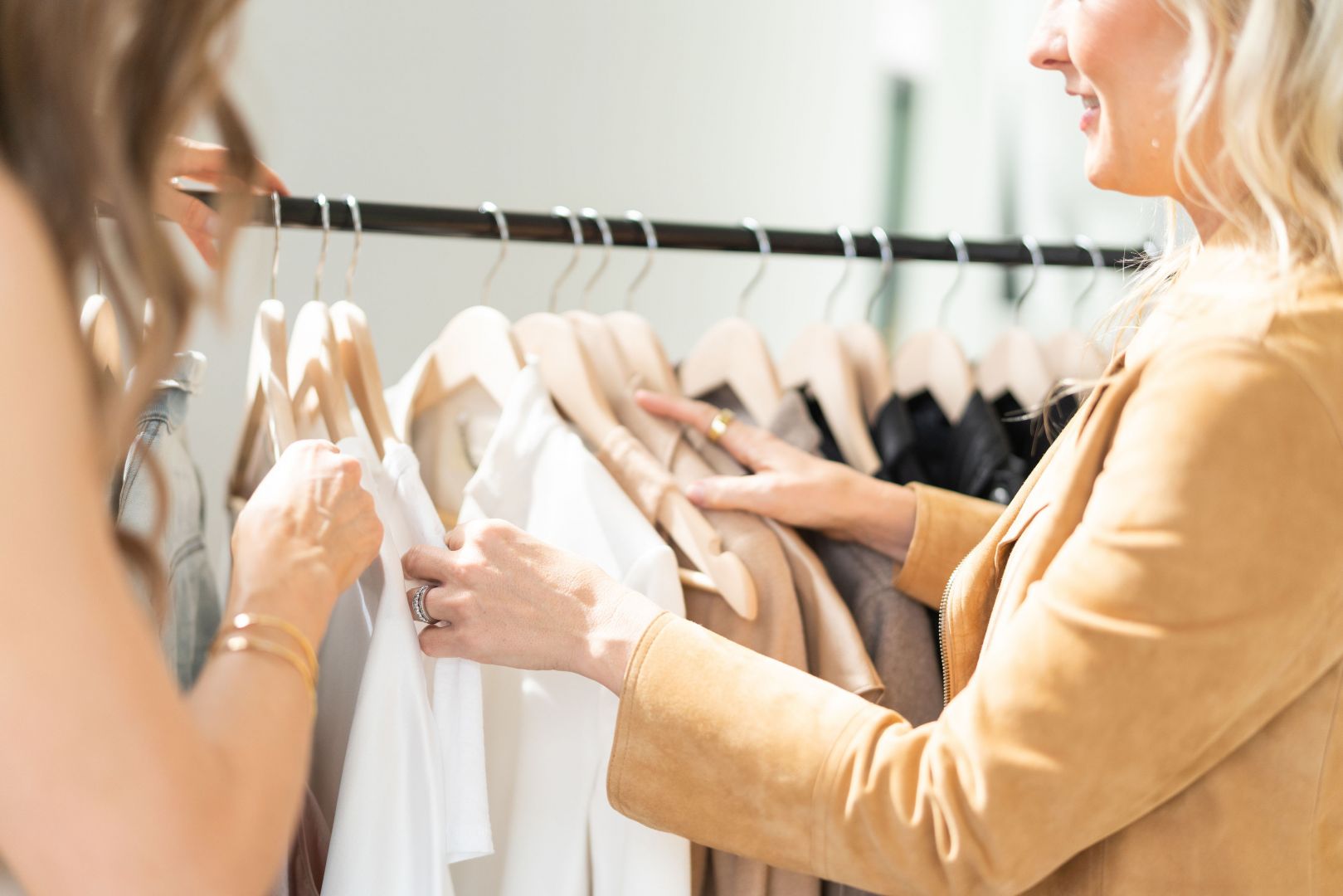
Can you give our readers an introduction to your business? Maybe you can share a bit about what you do and what sets you apart from others?
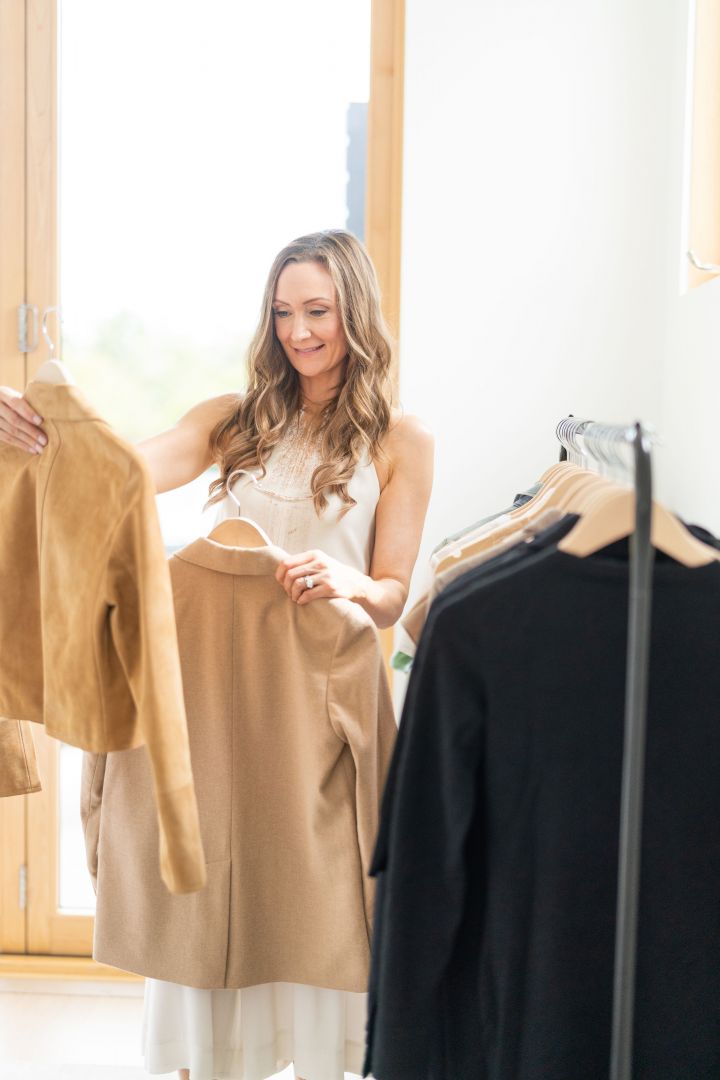

Any places to eat or things to do that you can share with our readers? If they have a friend visiting town, what are some spots they could take them to?
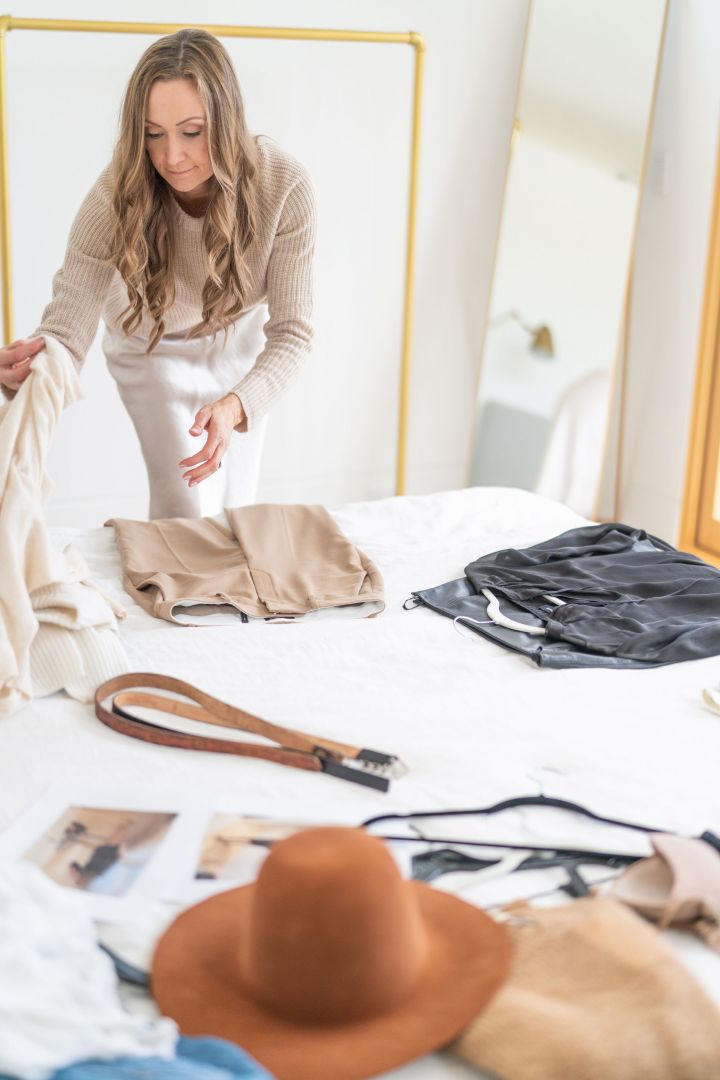
Who else deserves some credit and recognition?
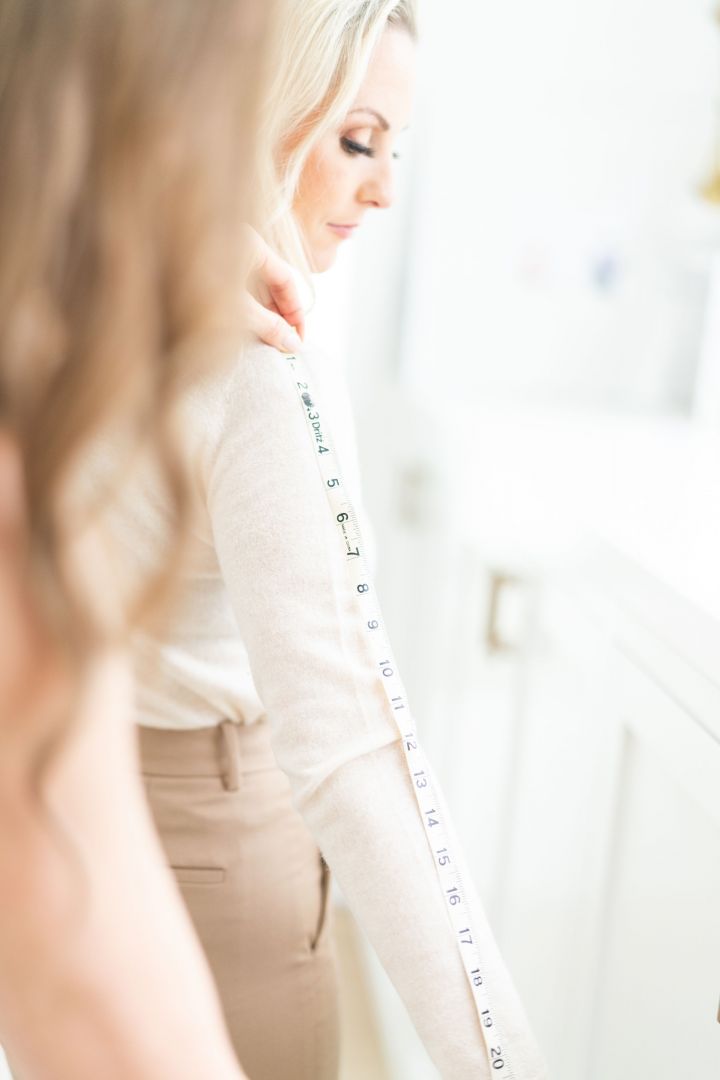
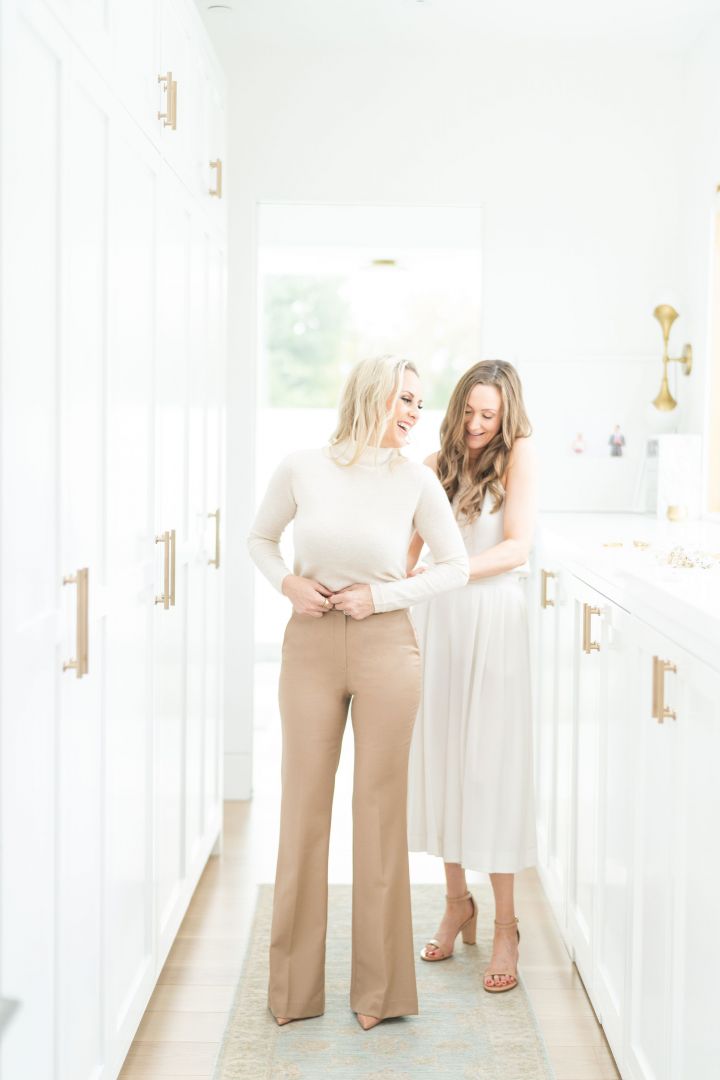
Website: www.venitastylist.com
Instagram: @venitastylist
Linkedin: www.linkedin.com/in/stephanie-stimmler
Facebook: www.facebook.com/venitastylist
Image Credits
Image Credits: Tien Berny, Founder of LUMAX PHOTOGRAPHY @lumaxphotog
